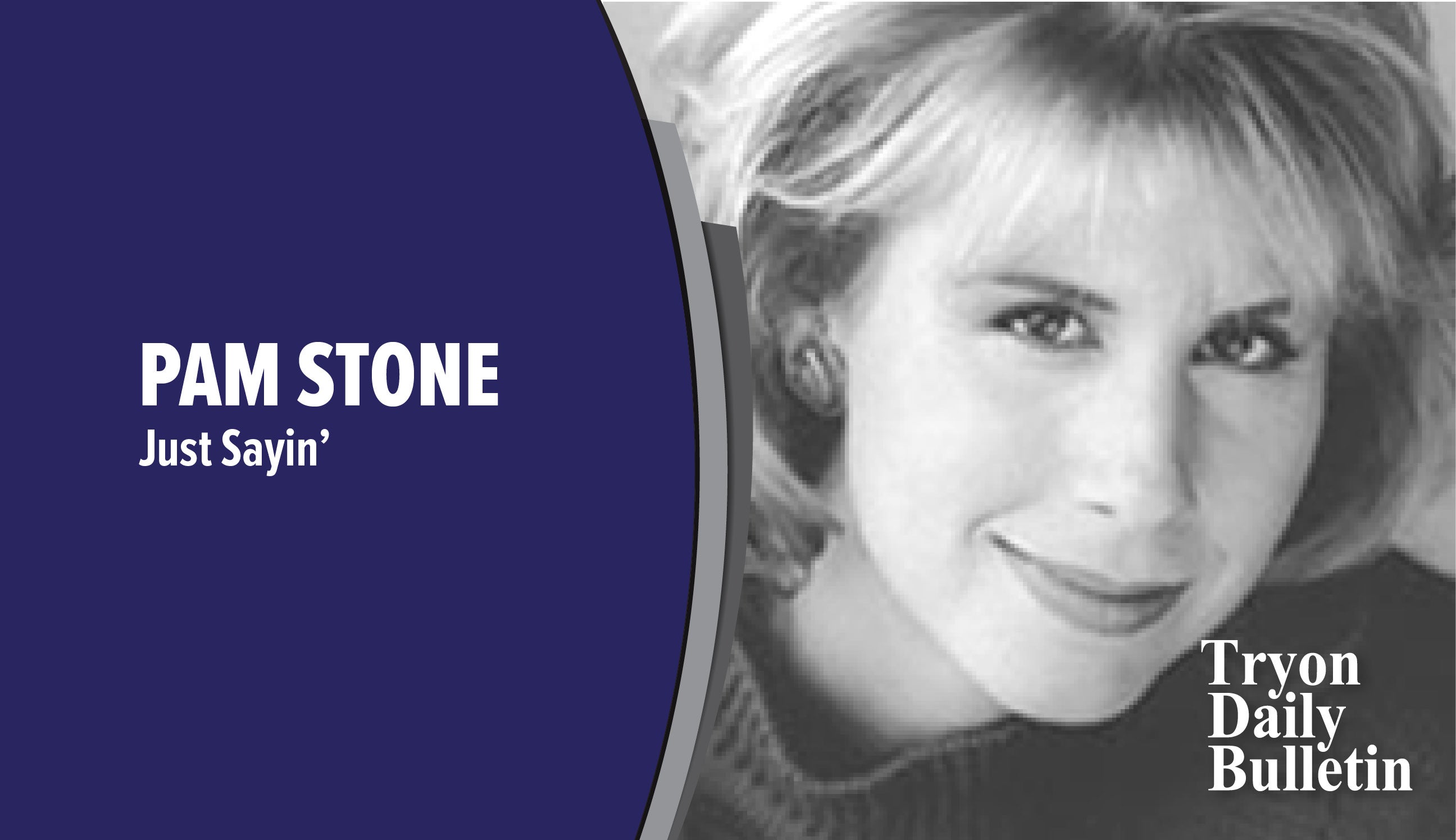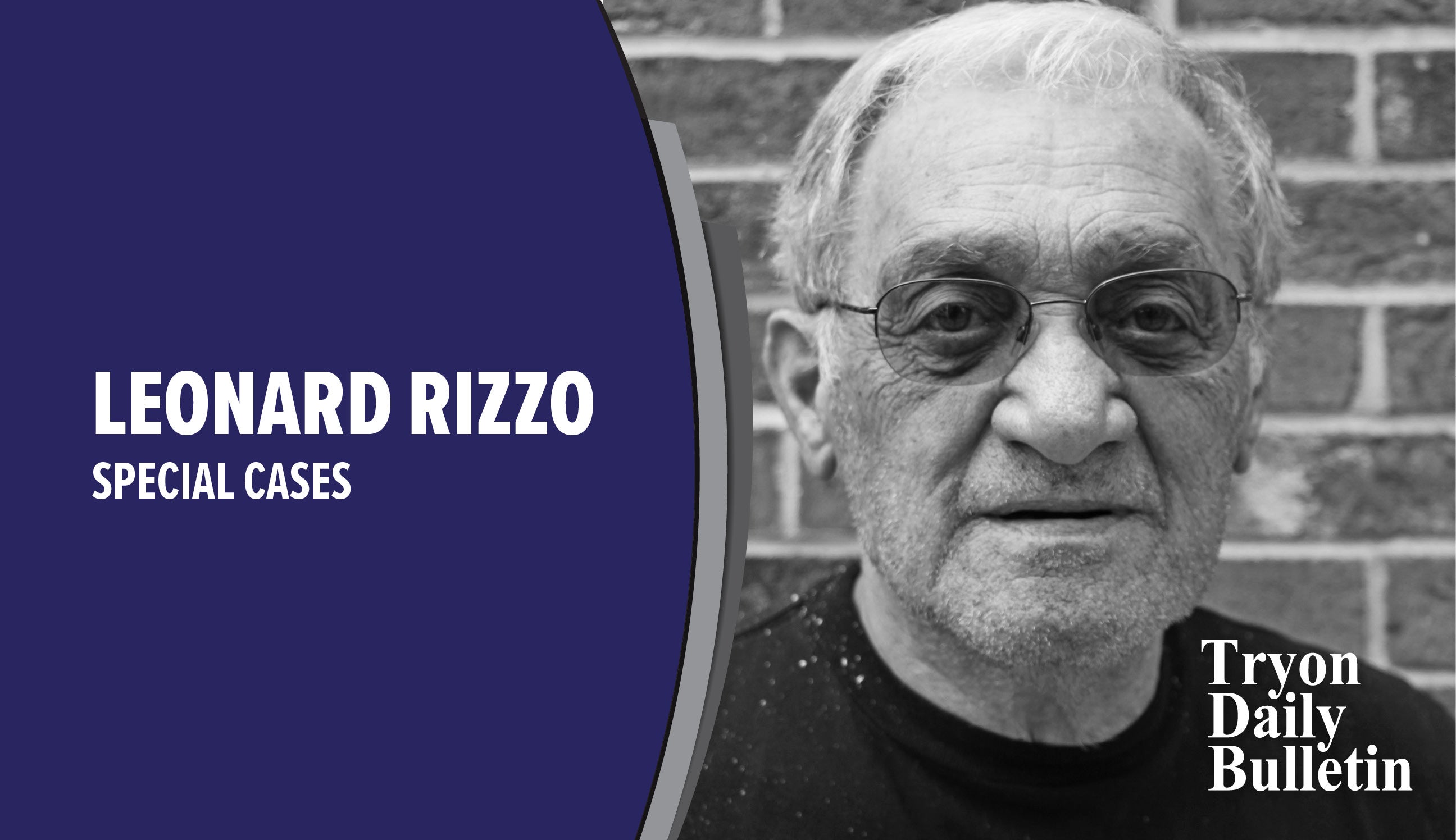How to manage carbohydrates
Published 6:33 pm Thursday, February 9, 2012
Well, it’s already February, and spring is just around the corner. It will so be time to turn in that bulky winter clothing for lighter, more form fitting attire.
Now don’t panic if you’re just getting started. You can still make real progress in losing that body fat. This is going to be a two-part series.
First we’re going to learn how to achieve “carb control” to lose body fat, then in my next column we’ll explore the proper way to set up an exercise program.
Now, back to carbs. The word carbohydrate is synonymous with sugar. There are three types of carbohydrates or “carbs.” The first is what we call monosacharides. This means one sugar. Examples would be glucose or ribose. These sugars are used rapidly by the body. Even though table sugar, or sucrose is technically not a monosaccharide (glucose and fructose), I refer to it as one when doing consultations because of the way it stays in our bodies for such a short time.
The second type of carb is called a disaccharide, or “two sugars.” These are clusters of two molecules. An example of a disaccharide would be lactose, or milk sugar. The third type of sugar is called a polysachride. That means “many sugars.” Polysacharieds are actually chains of monosacharides. Examples would be bread, rice, pasta and potatoes.
Eating too many carbs makes us fat in two ways. First, if you take in too many carbs, which makes blood sugars rise, you increase insulin production, which then causes blood sugar levels to abruptly fall. This increases appetite which causes you to eat more, and thus gain more weight.
The second way consuming to many carbs make us fat is that if blood sugar levels are high, you won’t dip into your fat stores. Remember, your body has two fuel tanks. A fat fuel tank and a sugar fuel tank. Here’s the thing…you don’t burn them both together.
In other words, if your blood sugar levels start to lower, your liver converts fat into fatty acids for energy.
Now, before you go out there and start a low-carbohydrate diet, let’s look at the whole picture.
First, you can’t live without carbohydrates. They fuel both your muscles and your brain. In fact, studies have shown that individuals on extreme carb-restricted diets have more difficulty performing tasks that require high-order cognitive function.
Let me share some of the approaches I use with my weight-loss clients. First, get at least 25 grams of fiber a day. Fiber is found only in high carbohydrate foods, which explains why many on low-carbohydrate diets experience constipation. Have no less than 130 grams of carbohydrates a day This is the minimum amount needed for proper brain function. Instead of having carbs all throughout the day, I recommend having them with two meals a day only, if you’re trying to lose body fat. Try eating your carbs at or near the same time each day to avoid gastrointestinal upsets. Also, keep a can of Coke (real not diet) in your car. If you feel light-headed because of low blood sugar, pull over, drink the Coke to get your blood sugar up and get help.
Diet or fitness question? Email me at dwcrocker77@gmail.com or visit fitness4yourlife.org. David Crocker of Landrum has been a nutritionist and personal trainer for 25 years.
He served as strength director of the Spartanburg Y.M.C.A., head strength coach for the SC state champion girls gymnastic team, USC-Spartanburg baseball team, Converse college equestrian team, lead trainer to L.H. Fields modeling agency, and taught four semesters at USC-Union. David was also a regular guest of the Pam Stone radio show.





